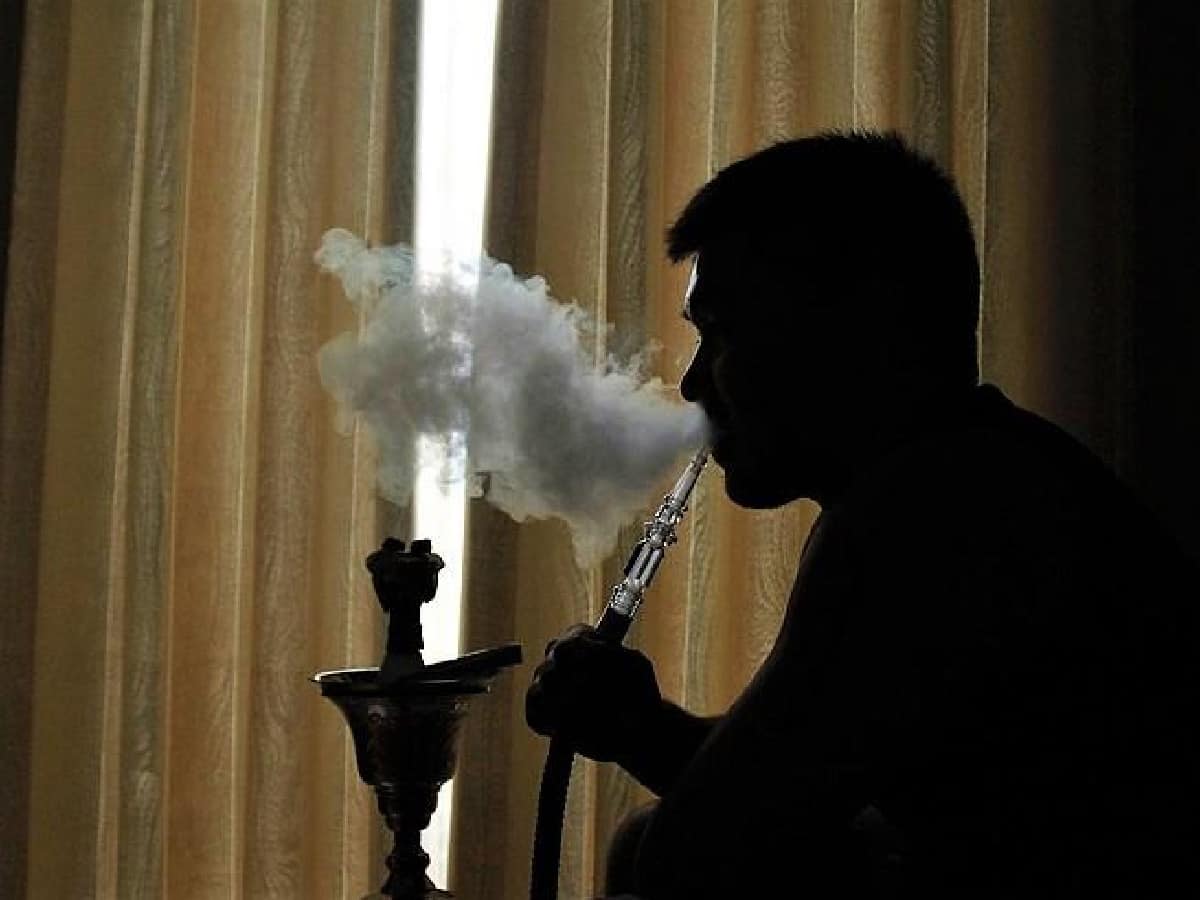

Hookah also known as water pipe, Argileh, Shisha, Hubble Bubble, Goza has a long flexible tube that draws the smoke through water contained in a bowl.
Hookah use was first seen in western world. These days it has become more visible in India. It is also found in Iran, Turkey and the Arab world. The use of hookah is an emerging trend in Indian population especially. The youth here is seen getting hooked to it more than the older generation.
Its use is less harmful than cigarettes. The availability of appealing flavors are considered among the main reasons for this emerging trend. But the users however are exposed to many of the toxic compounds, by-products as cigarette users. Its high use might lead to more severe negative health effects. In facts hookah users are at higher risks of infections, cancers, lung diseases and other medical conditions. Moreover, because of the overlapping toxicant and chemical profile to conventional cigarettes hookah effects on cardiovascular system and oral health are higher.

Reasons of use
Many factors seem promote Hookah spread. They include use of flavored aromatic tobacco curiosity, peer pressure, fashion, higher socioeconomic status and the craving for amusement. One factor that drastically contributed to the increased hookah use is the misperception about the health risks. Majority of users believe in the no or less harm of hookah compared to cigarettes. This particular believe could be connected with the myth of intermittent use of hookah that reduces harm compared to constant use of cigarettes. The passage of smoke through water would filter it and the less addictive nature of hookah. Some users argue that they do not inhale the smoke therefore protect themselves from nicotine. However they are unaware that nicotine could be easily absorbed through mucosal lining or oral cavity. The habit has gained positive attributes since it is used for socializing, relaxing and the good taste and smell of the smoke.
Cigarettes or hookah smoking as well as alcohol consumption and abuse are considered to be the most common etiological factors for the onset of oral cavity diseases such as changes in the lip color, tongue, stomatopyroses, glossopyrosis and candidasis.
Above all it is important to note that this is not a harmless habit. Numerous studies point to the harmful nature of smoking the hookah besides leading to changes in general health. It also leads to changes to mucosa and oral cancer, esophageal cancer and dry socket.
The Hookah smoking leads to:
- Increased risk of lung and stomach cancer
- Reduced lung function
- Increased risk of stroke and heart disease
- Decreased fertility in both men and women
Misconceptions
Hookahs are wrongly perceived as a healthier alternative but this is simply not true. While a cigarette takes typically 5 to 7 minutes or 40 to 70 puffs to smoke, a Hookah may last an hour and half or about 50 to 200 puffs. A typical hookah session is about 90,000 milliliters compared to that of 600 milliliters inhaled while smoking a cigarette. The tobacco in water pipes is also exposed to high heat from burning charcoal and the smoke is found to be at least as toxic as cigarette smoke.
Oral health risks
1) Any tobacco consumption including smoking Hookah decreases the production of saliva which is the mouths natural cleanser. A dry mouth makes you more susceptible to cavities and high risk of tooth decay.
2) Smoking of any kind causes bad breath. Although the smell of the tobacco is sweet once it is processed through water and into your mouth it stinks just the same. The more Tobacco consumption the worse the breath will be.

Smoking Hookah consistently is terribly bad for your oral health. So, the advice is not to smoke Hookah. If you are already finding some of the effects of the Hookah smoking, consult your doctor, preferably a dentist immediately.
Dr Syeda Sofia Sanober is a young Hyderabad-based dental surgeon with the passion to spread knowledge about oral and dental health among the general public.
